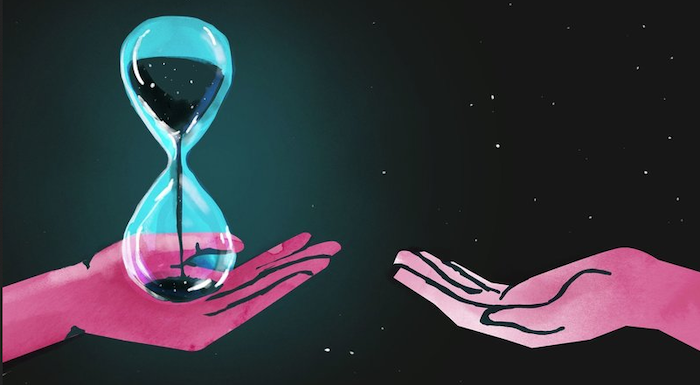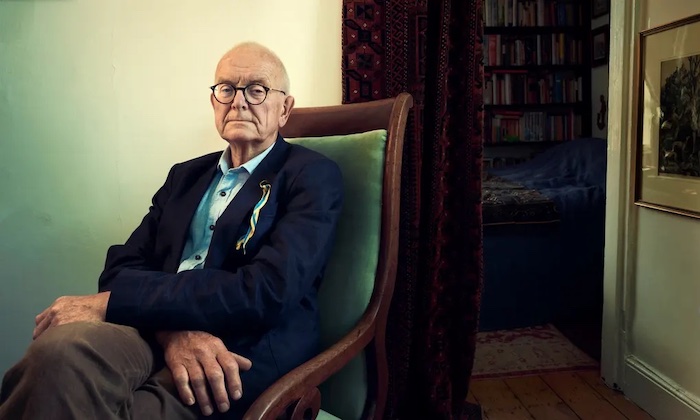
By abraham smith
The fear of death has been shown to play a causal role in a variety of mental disorders. Although fear of death is transdiagnostic, it is a particularly prominent feature of fear of health. And that’s not exactly surprising. Aside from being a victim of violence or an accident, the vast majority of deaths are due to disease-related causes, right?
Well, most people don’t like the idea of their death. But while it’s unsettling, they can, to a certain extent, accept that death is an inevitable part of life and more or less leave it at that. However, many people with health anxiety find that their fear of illness and infirmity stems, at least in part, from fears related to death and/or the dying process. Only recently have researchers and clinicians begun to address this issue in their understanding and treatment of health anxiety.
Western culture doesn’t help.
Denial and avoidance of death-related concepts only increases fear of it. As a society, we have a responsibility to promote the avoidance of death and dying. Death is something that is not accepted or openly discussed in our culture. In fact, there’s a whole movement against it, sometimes referred to as “death positivity,” which advocates for greater acceptance of death in our culture by encouraging people to speak openly about death and dying (acknowledging, understanding, and speaking about our fears about what we want and the organization or planning of our death). There are many examples of this movement taking place. In one, people hold death dinners to discuss mortality. More than 200,000 people attended these dinner parties. In a way, this “death positivity” movement fits well with the core principles of exposure therapy, which is to expose yourself to the feared stimulus in order to learn that it is not as frightening as one might think.
Treatment for fear of health includes treatment for fear of death.
If we’re trying to improve your fear of health without addressing your fear of death, we’re just putting the proverbial band-aid on your wound. Researchers refer to this as the “revolving door problem”. Essentially, if a client comes to me for health anxiety and I don’t address their fear of death in treatment, the problem will likely recur and they will return for treatment at some point in the future.
So how do we treat the fear of death?
In cognitive behavioral therapy (CBT), we use cognitive restructuring and exposure tasks to overcome fear of death. With cognitive restructuring, we help someone to question their maladaptive assumptions about death and dying (e.g., fears about the dying process, fears about the ‘ultimate goal’, fears about leaving loved ones behind). In exposure therapy we help to systematically expose oneself to death and dying in different ways, slowly and steadily seeing death as a normal part of life and not the “scary monster in the closet”.
For example, we would design expositional tasks (such as the following) to help you systematically familiarize yourself with the idea of death:
- Watch movies/read books that show scenes of dying people.
- Go through hospice materials – many of them talk at length about the dying process.
- Read about people who lost loved ones and cared for them during the dying process (find some books).
- Write (and discuss) an imaginary story about your children’s lives after your death.
- Write (and discuss) an imaginary story about you on your deathbed with loved ones around you.
- Develop a plan for your dying process if you could choose. Where would you be, who would be there, what food and drink would you like to enjoy and what type of activities would you like to do?
- Read more about death food.
- Attend a death dinner and share how you would like to die if you died from a disease-related cause.
In summary, the main roles in treating fear of death with CBT are (a) to help you challenge rational fears through cognitive restructuring, and (b) to help you become more comfortable with death by addressing yourself Involve exposure tasks that normalize death avoiding it. Death isn’t something we look forward to, but it shouldn’t take over your life!
Complete Article ↪HERE↩!








